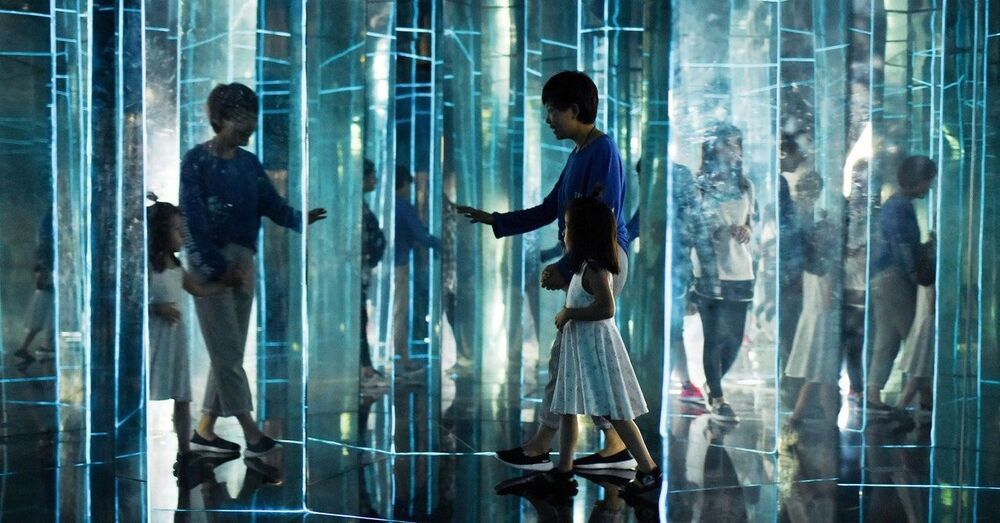
Get the latest international news and world events from around the world.


How Can Biology Help Us Prepare For Life in Space?
An exhibition at the Science Gallery Dublin explores how humans are preparing to live in the harsh conditions of outer space — and how microorganisms might help us do so.
Space traveling is closer than many of us think. NASA has plans to send humans to Mars in the 2030s, and Elon Musk seems to have taken on a personal challenge of establishing a city on the red planet. He says the Martian city should reach a million inhabitants within 40 to 100 years.
However, the human body is not adapted to life in space. In zero gravity, muscles lose force, bones lose density, vision becomes blurry, and the immune system grows weaker. A study that sent astronaut Scott Kelly to space for a year showed that the regulation of his DNA — but not its actual sequence — changed as compared to his twin brother, who stayed on Earth.

Professors Of Hate
Hate is hate. It is not limited by a political belief system or race.
https://www.paypal.me/BrittanyPettibone&event=video_descript…/?p=71137#
Editors Note: This will be a video that will trigger a bunch of people. The one thing that needs to be pointed out. Hate is hate, it does not matter if you are White, Black, Brown, Yellow or Purple Polkadot. Teaching hate through Race and Social Agenda is a threat to the common thread of our Republic.
Support my work:
Support me via PayPal: https://www.youtube.com/redirect?redir_token=tzXIV1e571iKd04…Qx7HdZKwDU


Applying quantum-impurity theory to quantum fluids of light
A Monash-led study develops a new approach to directly observe correlated, many-body states in an exciton-polariton system that go beyond classical theories.
The study expands the use of quantum impurity theory, currently of significant interest to the cold-atom physics community, and will trigger future experiments demonstrating many-body quantum correlations of microcavity polaritons.


This AI wrote such emo lyrics that humans thought it was My Chemical Romance
I got my rig in the back of my Beemer. Professional when I graze, I’m professional when I argue. 40 glass, I’m laughing at that s***, I’ma be roaring at that s***
The experiment also revealed which genres are hardest for AI songwriters to master.
The respondents struggled to spot which pop and country lyrics were written by an AI. And its rock song was so emo that they thought it was written by My Chemical Romance or Nirvana.


New findings suggest laws of nature ‘downright weird,’ not as constant as previously thought
Not only does a universal constant seem annoyingly inconstant at the outer fringes of the cosmos, it occurs in only one direction, which is downright weird.
Those looking forward to a day when science’s Grand Unifying Theory of Everything could be worn on a t-shirt may have to wait a little longer as astrophysicists continue to find hints that one of the cosmological constants is not so constant after all.
In a paper published in Science Advances, scientists from UNSW Sydney reported that four new measurements of light emitted from a quasar 13 billion light years away reaffirm past studies that found tiny variations in the fine structure constant.